Overview
Map
Other Details
كنيسة السيّدة
Aaramoun Aaley
Aley
Mount Lebanon
كنيسة السيّدة - عرمون تمّ تشييد الكنيسة بدايةً على أنقاض معبد قديم وذلك في العام ١٦٦٢. وُسّع البناء في العام ١٨٤٨ وتم أضافة قبّة الجرس. وفي عام ١٩٤٦، بُني المبنى الجديد الذي أضيف إلى مبنى الكنيسة. رُمّمت الكنيسة مؤخرًا سنة ٢٠٢٢. البناء بازيليكيّ الطراز بسوقٍ واحدٍ مسقوف. تحوي الكنيسة أيقونةً من عمل الخوري موسى ديب. The church of Our Lady - Aramoun The church was first built in 1662. It was enlarged and the bell tower was added in 1848. The adjacent building was built in 1946. The church was finally renewed in 2022. The church is built following a single nave basilical plan. The church holds a maronite icon of the Madonna by Fr Moussa Dib.
Visited 4329 times, 2 Visits today



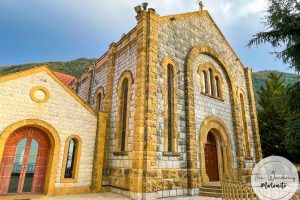
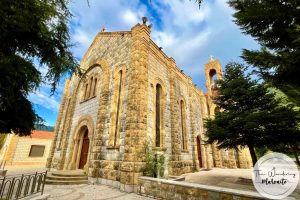
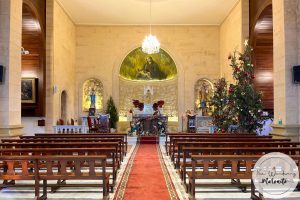
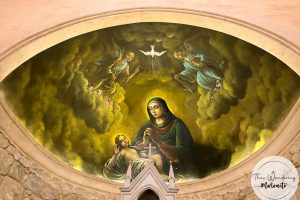
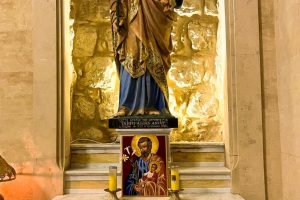
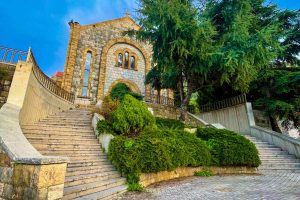
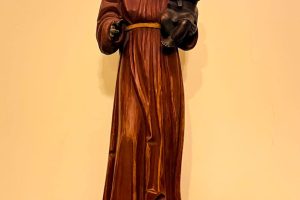













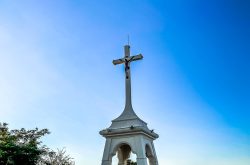
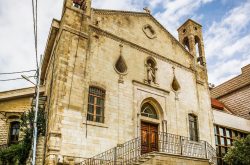
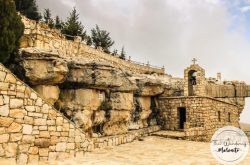
Reviews are disabled, but trackbacks and pingbacks are open.